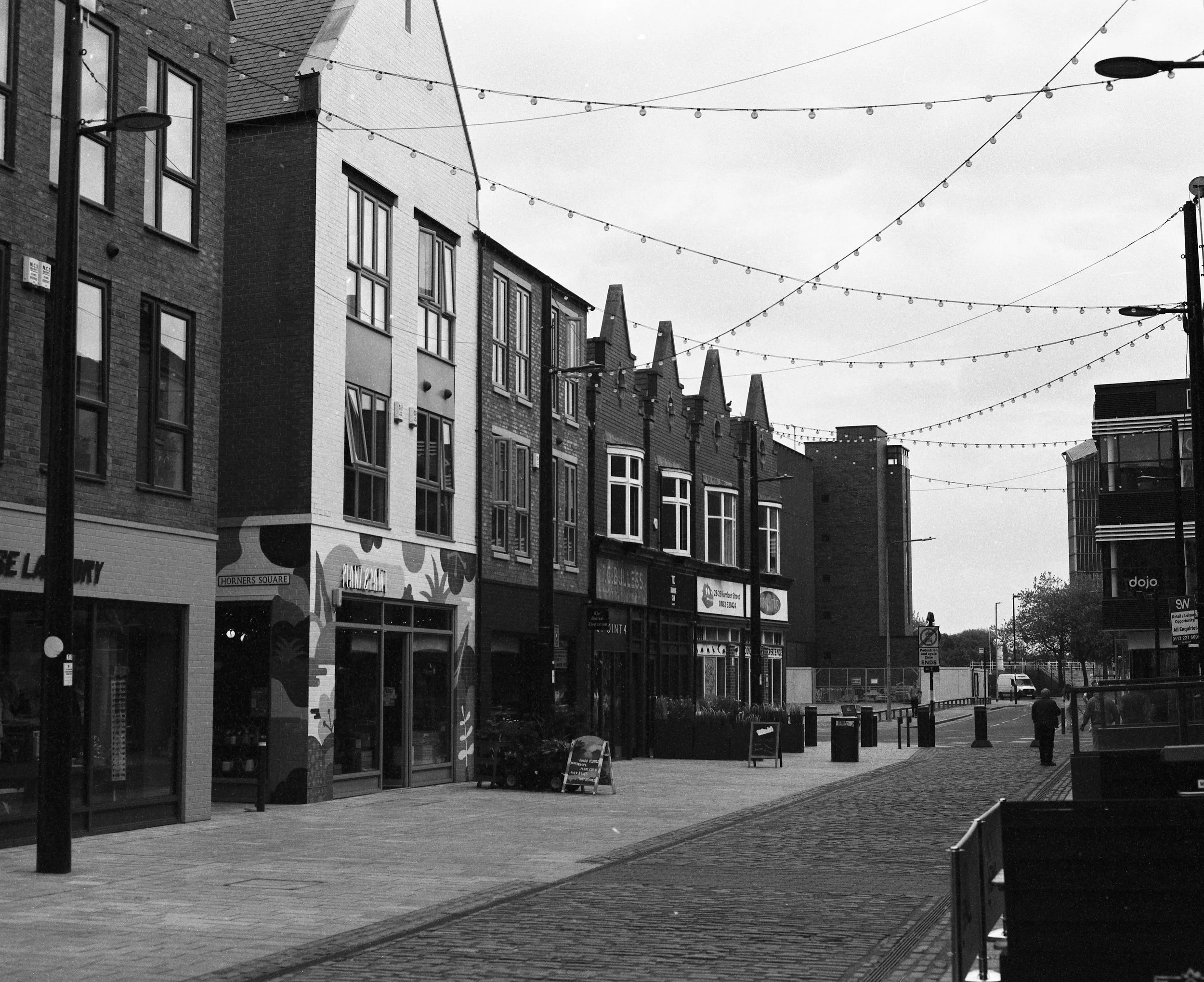Mamiya Super 23
/Is it wrong to buy a camera just because of the way it looks? In my opinion the answer is no. Above is my latest buy investment. It’s a Mamiya Press Super 23. These were made in the 1960’s for use by press photographers that didn’t want to carry around heavy 4x5 press cameras but couldn’t afford to buy a Nikon 35mm camera. Or something.
I like it because it comes completely to bits. The lens contains the shutter and fits in the hole on the front of the camera body. The film is in a holder which clips over another hole at the back. Push the handle on the side, connect the shutter trigger to the front of the lens and away you go. And if any one of these elements fails in some way I just have to replace that bit rather than junk the whole thing.
It’s not a light camera, but it is nicely weighted in the hands. It takes enormous 6x9cm negatives on 120 roll film. I’m looking forward to posing taking some pictures with it.









































